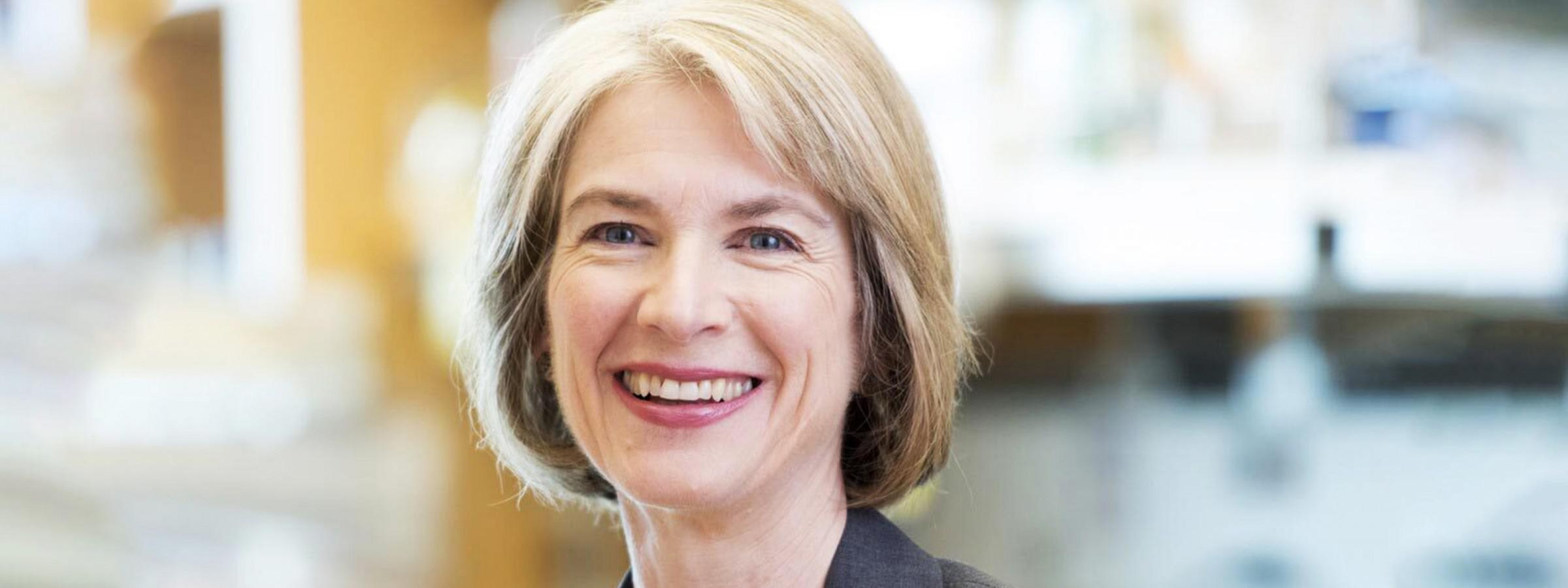This week on Tuesday’s With Bill, Lauren from Tennessee wants to know whether it would be possible to assemble different body parts and reanimate them in the style of Frankenstein’s monster. Stitching together parts and inserting consciousness is likely not possible, says Nye – the closest future theory to it is the singularity, when AI gets as intricate and sophisticated as the human brain, and we’re able to upload our consciousness into it and live for as long as we keep the batteries charged. Nye has his doubts about that, however. What he is optimistic – and realistic – about is developing technology that in the next 50 years or so will allow us to regenerate our own body parts from stem cells. In our lifetime perhaps we could grow a new pancreas or a liver segment for our own transplant. Connected moving tissue like hands and fingers are much further into the future. CRISPR is another incredible technology that’s only in its infancy. It’s a genetic engineering cut-and-paste methods that allows genes to be manipulated to basic desires. Once that technology is developed, we may be able to create genetic supermen and women in the womb, and it likely has applications beyond what we can currently imagine. The potential for what humans can create is immense, and will be a lot sleeker looking than a flesh and thread patchwork a la Frankenstein. Bill Nye’s most recent book is Unstoppable: Harnessing Science to Change the World.
Bill Nye’s most recent book is Unstoppable: Harnessing Science to Change the World.
Lauren: Hi Bill Nye. My name is Lauren . I'm . First off I'd like to say that you're my favorite person ever in the world. But my question is do you think we can build our own modern day Frankenstein sewn together body parts and somehow reanimating it, do you think it's possible because you seem like the person to ask this. Anyway, thank you so much. I hope to see you on Big Think.
Bill Nye: Lauren, reanimating people from different body parts. Probably not, but something even more amazing is about to happen in biology and genetics. One point of clarification, Dr. Frankenstein created what came to be called Frankenstein's monster. The monster himself was not really called Frankenstein. Just a little science fiction point of interest there. So what will probably happen in your lifetime, just judging how old you appear on Big Think, is people like you will be able to regenerate parts of your body using your own cells that technologist in medicine and genetics are finding ways to get your own body to create more cells that it didn't used to be able to create. Like if you need a new pancreas you'll be able to grow your own pancreas. And I don't know about complex mechanical systems like hands and fingers, but it doesn't seem beyond the technology that's being developed right now. Because in my lifetime people came to appreciate the significance of stem cells. These are cells that have plenta potential. They can be anything when you're a blastocyst before you take on the form of a human or what have you. So the Ackerman is CRISPR and I know the P there is palindrome, palindromic, which is the same at both ends, the same backwards and forwards. And so people are finding ways, geneticists are finding ways to get cells to do whatever they want, whatever they want them to do. And it's presumed that instead of making a monster akin to Dr. Frankenstein's fictional great creature by assembling pieces from disparate other humans, instead you'd get each person's own cells to regenerate body parts or maybe in the womb create extraordinary people extraordinarily smart with extraordinary skills at dunking basketballs or what have you.
But the idea of taking your consciousness and putting it in another device or another system or another person, another biological system is something that's been around for a long time. Science fiction has got it for a long time. And I'm always charmed by the singularity when computers are going to be as complex and sophisticated as a human brain. And this moment in history is called the singularity and then you'll just download all of your memories and all of your experiences into this is presumed electronic storage system and then you would live as long as you're plugged in, as long as you have electricity, what have you. It just seems way more complicated and not something I would ever count on. And I don't think you can really be a whole person in the way that you seem to be here on camera without your senses, without your eyes, ears, nose and so on feeling the world around you your so called central nervous system, which is part of your brain. I don't think it's that simple to put a brain in another body and carry on or put your consciousness in an electrical receptacle and carry on, but you may be living at a time when extraordinary things will be done with your own cells that will far surpass anything that Dr. Frankenstein in the story was able to do. It's exciting. Carry on.







